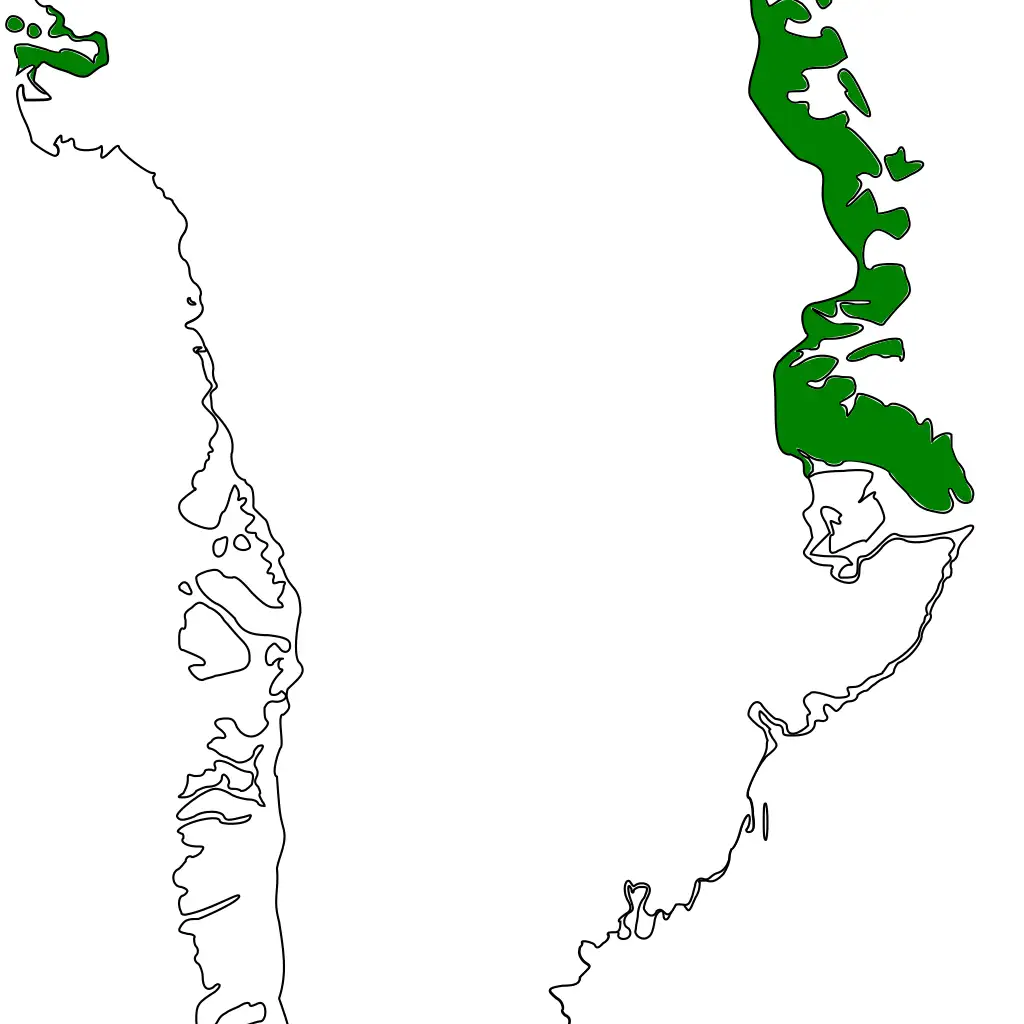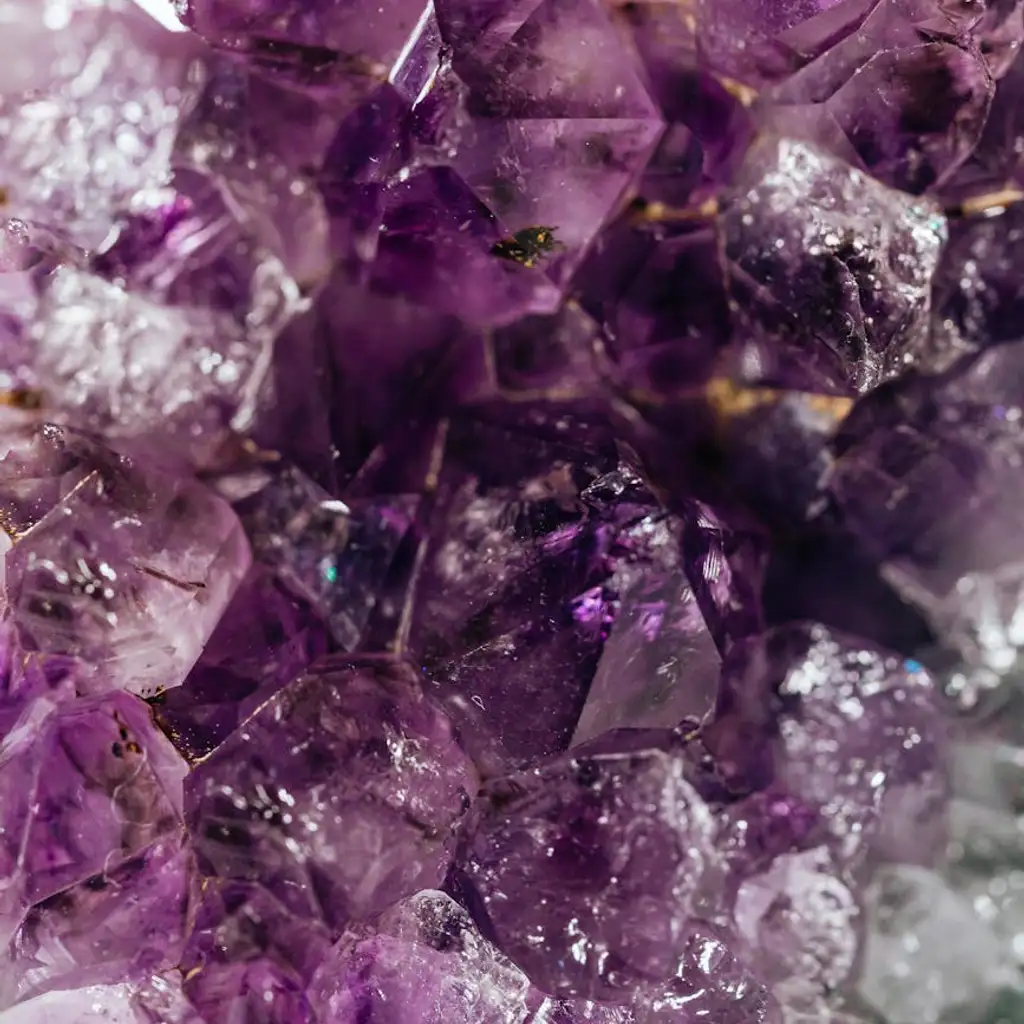Greenland is emerging as a critical player in the global transition to green energy, thanks to its abundant reserves of rare earth minerals. This has ignited considerable economic and geopolitical interest in the exploration and extraction of these resources. However, the island faces the challenge of balancing economic development with environmental protection and the rights of indigenous populations, particularly as foreign investments in its mining sector increase.
At this juncture, Greenland’s significance on the world stage is growing. The international community is increasingly focused on its vast, untapped mineral wealth, positioning the island as a pivotal contributor to the future of green technology and global supply chains. The escalating demand for essential minerals has made Greenland’s resources a focal point for economic and geopolitical strategies.
Greenland’s Contribution to the Green Energy Movement
The mineral-rich regions of Greenland are vital to the green energy movement. Essential rare earth minerals such as neodymium, dysprosium, and praseodymium are crucial for manufacturing batteries for electric vehicles, wind turbines, and other clean energy technologies. As the global economy pivots towards renewable energy, the demand for these minerals is projected to surge. Greenland’s extensive but underutilized reserves are poised to meet the increasing needs of the renewable energy sector.
In addition to rare earth elements, Greenland is home to significant deposits of uranium, copper, and zinc, which are essential for the electronics and construction industries. As the world intensifies its efforts towards carbon neutrality, the minerals found in Greenland are becoming indispensable for future energy technologies.
Investment Opportunities and Economic Advancement
The potential exploitation of its mineral resources could greatly enhance Greenland’s economy. The estimated value of its rare earth deposits runs into billions, attracting interest from major corporations and nations eager to secure a reliable supply of these critical resources. Mining these minerals could be a lucrative venture for Greenland, which has historically depended on a limited economy based on fishing and Danish welfare support.
Investment in Greenland’s mining sector is on the rise, with key international players actively seeking opportunities to develop mining operations. This influx of investment could lead to economic growth, job creation, and enhanced social infrastructure. The Greenlandic government is aware of this economic potential and is working to implement regulations that promote responsible development in the mineral sector. However, concerns persist regarding the environmental impact of large-scale mining and its effects on indigenous communities.
Social and Environmental Considerations
While the economic advantages are substantial, the social and environmental ramifications of mining must be carefully evaluated. Greenland’s pristine landscapes attract tourists and researchers alike, and any transformation could have lasting ecological effects. Mining activities pose environmental risks, including habitat destruction, pollution of air and water, and land degradation.
Socially, the impact of mining on local populations, particularly indigenous communities, is significant. Many fear that industrial activities will disrupt their traditional ways of life, while others are concerned about the potential effects on fishing and hunting, which are integral to their cultural identity. Beyond job opportunities, ethical questions arise regarding the sustainability of these industries and their ability to meet the needs of Greenland’s indigenous peoples.
Geopolitical Dynamics
Greenland’s natural resources carry substantial geopolitical weight, as nations vie for access to these valuable materials. Its strategic location within the Arctic Circle positions Greenland as a key player in the critical mineral supply chain. Major powers, including the United States, China, and Russia, are competing for influence, each aiming to diversify their supply chains and reduce reliance on China for rare earth minerals.
The United States is particularly interested in Greenland’s strategic resources for its military and energy sectors. Conversely, China, the leading producer of rare earths, is fostering relationships with Greenland to secure access to these resources. As Greenland navigates these complex geopolitical waters, it must balance its autonomy with its relationship with Denmark.
Commitment to Sustainable Resource Management
As the demand for Greenland’s mineral resources escalates, responsible extraction practices become increasingly vital. This entails implementing strict environmental standards, considering the needs of local communities, and ensuring equitable distribution of benefits. The future of Greenland’s mining sector hinges on its ability to harmonize economic growth with environmental stewardship and cultural respect for its indigenous populations.
International cooperation is essential to promote sustainable practices within the global supply chain of rare earth minerals. Governments, businesses, and environmental advocates must collaborate to establish guidelines for safe mining operations and mitigate the adverse effects associated with mining activities.
Greenland’s Emerging Global Influence
As Greenland’s mineral wealth garners international attention, the island is redefining its role in the global economy. With extensive reserves of rare earth elements and other strategic minerals, Greenland is poised to become a significant contributor to the energy revolution and green technology. However, as it develops its mineral resources, Greenland must navigate a complex landscape of environmental, social, and geopolitical challenges.
The future of Greenland’s mining sector remains uncertain, yet its potential to influence sustainable development and resource management on a global scale is profound. Through strategic planning and responsible stewardship, Greenland can play a crucial role in advancing a sustainable and green global economy. As the demand for rare earth minerals continues to rise, Greenland’s position in the global mineral market will become increasingly vital, ensuring its resources benefit future generations.








